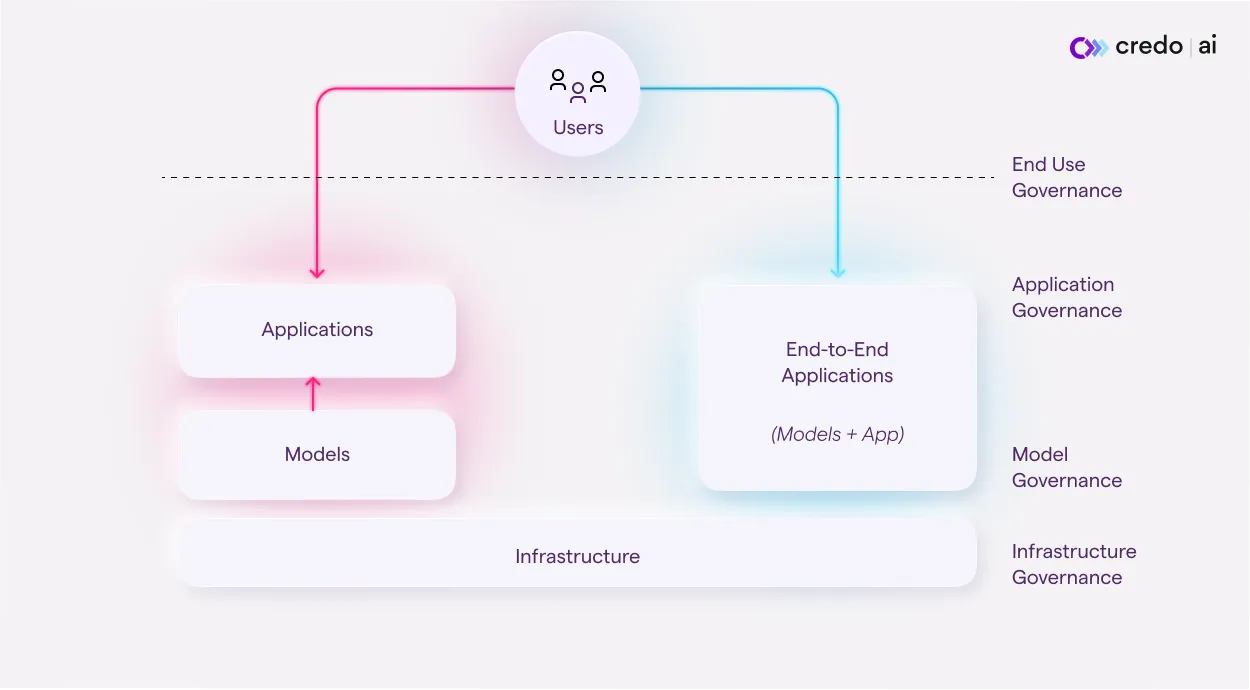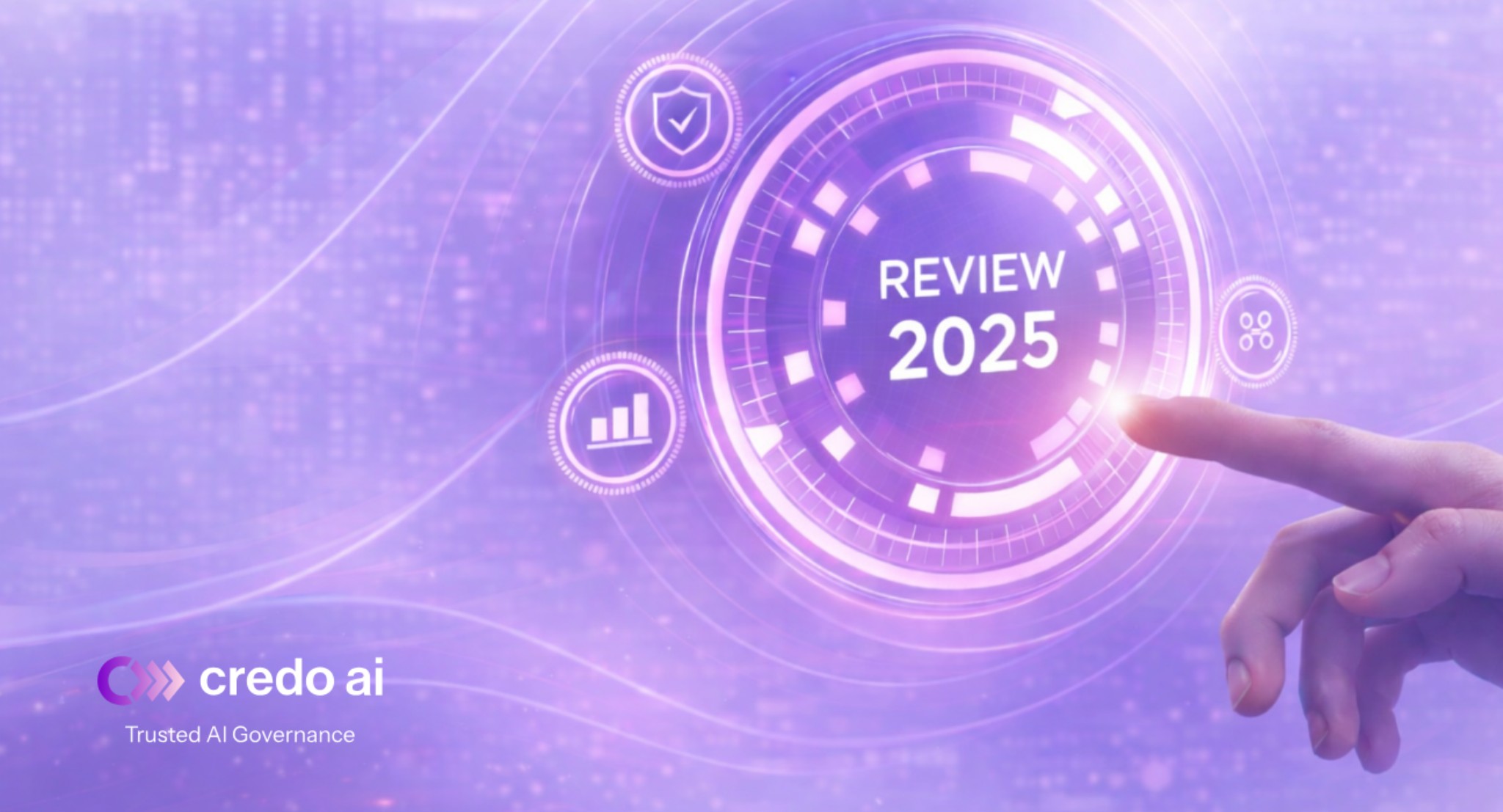Navigating the genAI landscape effectively requires a map! As an AI Governance platform, Credo AI has been guiding customers through the AI thicket for years, but we often find that our customers lack a good “map” of the AI landscape.
No surprise there, as the landscape is changing so quickly.
To help solve the “map” problem, Credo AI is excited to open-source our internal list of GenAI tools and technologies. This evolving database is your one-stop-shop for a curated list of genAI tools. To learn more about how AI governance connects with these tools, read on!
Connecting Governance to an evolving AI landscape

The rapid pace of technological innovation, particularly in the realm of generative AI, is posing challenges for enterprises. GenAI is increasingly prevalent in various software applications and is becoming an integral part of businesses' operations. However, many companies express concerns about the lack of visibility and control over GenAI, which hinders their confident adoption of the technology. The ungoverned proliferation of AI raises risks that organizations cannot afford to ignore, while simultaneously recognizing the need to keep up with competitors leveraging GenAI for transformation and value creation.
To effectively address the governance requirements of generative AI, it is crucial to consider various layers of the technology stack:
- Infrastructure governance focuses on running generative AI systems on secure infrastructure to mitigate risks related to data leakage or breaches of sensitive information.
- Model governance involves establishing policies and processes to control the design, development, and deployment of AI models, particularly in the context of relying on third-party foundation model providers.
- Application layer governance introduces controls at the user interface level to prevent misuse or non-compliant use of foundation models, such as implementing input/output safeguards.
- End user governance acts as the first line of defense by governing user interactions with generative AI systems and implementing measures like code of conduct, monitoring, and human-in-the-loop reviews.
Within the market landscape of generative AI governance tools, there are solutions emerging to address concerns at different layers of the technology stack. The comprehensive management of genAI risk requires collaboration, transparency, and accountability across diverse stakeholders throughout the generative AI supply chain.
Credo AI offers a Responsible AI Governance Platform designed to empower organizations to deliver and adopt artificial intelligence responsibly by proactively measuring, monitoring, and managing AI risks. From infrastructure guidance to model and application layer configurations, Credo AI provides GenAI Guardrails to ensure safe and responsible development and use of these evolving tools
The genAI Ops landscape is evolving. If you are developing a tool that isn’t included, please submit it! If you are just exploring the landscape, get out there and use some of these amazing tools - just don’t forget to govern them!
DISCLAIMER. The information we provide here is for informational purposes only and is not intended in any way to represent legal advice or a legal opinion that you can rely on. It is your sole responsibility to consult an attorney to resolve any legal issues related to this information.


.webp)


